Case studies
The examples below aim to provide inspiration and to share experiences of different types of climate change adaptation work in Sweden.
Search Results
44
hits for time limit
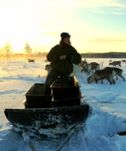
change and two people from the board wrote the report. The work was
limited to studying snow cover, precipitation, temperature, growing season, zero crossings, heat waves and wind. The Sámi district chose to study climate change based on a scenario of higher emission levels (RCP8.5). The scenario was
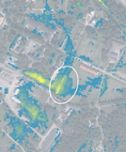
the findings available to the public at the present
time. The results are, however, used in their internal work so that the municipality’s employees can gain an overall picture of the flood risks in the areas of interest. The results of the mapping are also included in communication with developers in
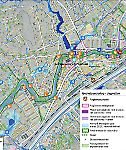
of preliminary documentation or the scrutiny of planning documents. The expert group makes the planning process easier, and ensures that conflicting goals are sorted out at the start. Costs and
time that would otherwise need to be devoted to the resolution of problems at a later stage of a project
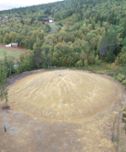
preferred to a low, wide pile. At the same
time, the critical angle of repose of a 10-metre high snow pile could make the base up to 30 metres in breadth, so this will affect the choice of where the pile can be placed. Another important consideration is that there must not be any waterway in the vicinity of

formalised collaboration within the organisation the Gothenburg Region (GR). The 13 member municipalities are invited to participate in the climate adaptation network. The network meets for half a day, four
times a year. The purpose of the network is to allow members to share their experiences and to learn
AgricultureHealthHeat waves
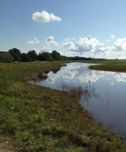
The lack of lakes and wetlands in Halmstad Municipality’s flat agricultural landscape creates a
limitation in the ability to store and delay water run-off. The landscape’s inability to handle large amounts of water has led to the repeated flooding of the Suseån River that runs through Getinge. The
AgricultureBiodiversityEcosystem servicesErosionFlooding
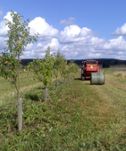
warmer climate. It is therefore important that agriculture finds ways to adapt. Environmental advantages and climate adaptation Alley cropping’s rows of bushes and trees contribute to providing shade and regulating the warm temperatures at the same
time that they protect crops and soil from wind erosion
AgricultureEcosystem servicesErosionFloodingMouldNatural environment

larger. When the worms push through the soil, passages are formed that break up the soil and make it fertile. At the same
time, they secret fluids that bind the soil together and make it stable. This way, it can counteract soil erosion. The harvest remnants that are left on the soil surface should
BiodiversityEcosystem servicesErosionFloodingForestryMouldNatural environment
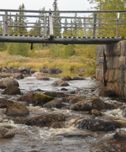
mean that water speeds increase, which increases the pressure on many road culverts at the same
time that nutrients are carried out into the Baltic Sea. In Sweden, there is on average one road intersection for every two kilometres of a river, which means that incorrectly designed road culverts are an
BiodiversityEcosystem servicesFloodingForestry
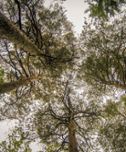
. Altogether, the Lübeck model is a forestry method with naturally growing trees of various ages that takes consideration of biological diversity. At the same
time, the method reduces the risks that the current and future climate entails for forestry. There are examples that indicate that the Lübeck model is